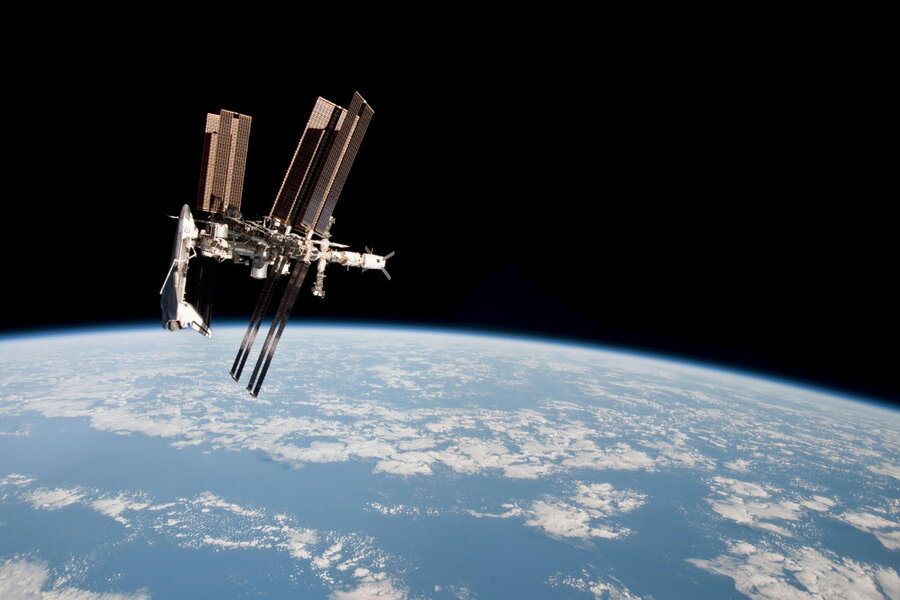NASA preps cargo for space station: What's going up this time?
Loading...
NASA is getting ready to deliver a new supply rocket to the International Space Station.
The latest cargo rocket, named Cygnus, will be launched on December 3rd and feature “greater payload capacity… [and] new fuel tanks,” according to a press release by Orbital ATK, a NASA cargo contractor. It will also hold 25 percent more cargo than previous resupply missions.
What do NASA refuel rockets usually carry?
In July of 2014, an Orbital-2 satellite launched with supplies to refuel the space station. It also carried two investigations onboard. One was designed by the Girl Scouts of Hawaii to monitor the viability of growing edible plants in microgravity. The other, called NanoRacks-National Center for Earth and Space Science-Charlie Brown, consisted of fifteen smaller, individual studies examining topics such as food consumption in space.
The Cygnus rocket will deliver 6,000 meals to the space station, enough to keep each person on the six-member crew fed for a thousand days.
How is food prepared for missions to space? With a lot of careful planning, and a lot of care.
“Giving those guys food and t-shirts is pretty near and dear to my heart,” Orbital ATK Mission Manager Daniel M. Tani told the Observer. Orbital ATK is in charge of the Cygnus launch and the majority of the other resupply missions that periodically go up to the space station.
There is an oven on the space station for reheating food, but no fridge for storing perishable items. Most so-called “space food” is dehydrated or otherwise packaged in order to preserve freshness for long-haul space flights.
Condiments like ketchup and mustard are individually packaged, and salt and pepper are packaged in liquid form to prevent them from floating away. Still, the quality and quantity of food available to astronauts has improved dramatically since the space program started in the late 1950s.
In addition to food, the Cygnus rocket will also bring extra parts and equipment for the team currently onboard to continue conducting their scientific experiments. In total, Cygnus will deliver more than 7,000 pounds of supplies.
The most well-known science experiment currently being conducted onboard the space station is the Year in Space mission.
The mission, led by US astronaut Scott Kelly and Russian cosmonaut Mikhail Kornienko, seeks to “better understand how the human body reacts and adapts to long-duration spaceflight,” according to a NASA press release. NASA is hoping that their findings will yield insights that will help prepare for eventual human-led missions to Mars, something NASA hopes to accomplish in the 2030s, if not sooner.








